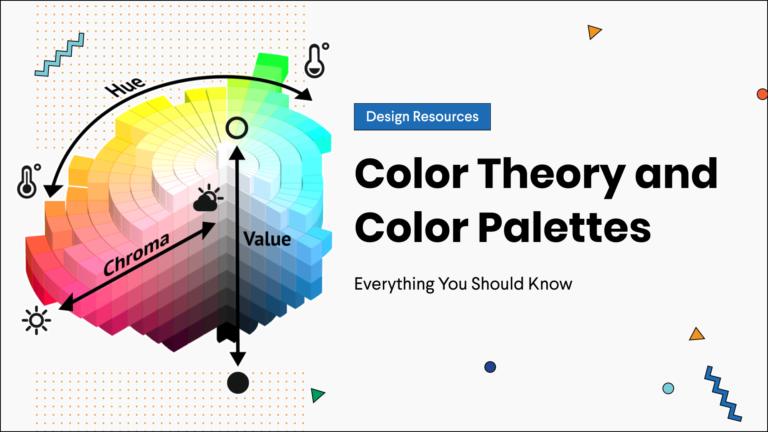Introduction
Colors have the power to evoke emotions, create moods, and influence our overall well-being. When it comes to designing spaces or choosing outfits, understanding how to combine colors effectively can help us achieve a balanced and harmonious environment that promotes positive vibes. In this blog post, we will explore the art of color combination and discover various techniques to create a visually appealing and uplifting atmosphere.
The Power of Colors
Colors have a profound impact on our emotions, thoughts, and overall well-being. They can uplift our spirits, evoke specific feelings, and even influence our behavior. When it comes to creating a harmonious and positive environment, understanding how to combine colors effectively is key. In this article, we will explore the art of color combination and discover how different hues can be balanced to create positive vibes.
The Basics of Color Theory
Before diving into the world of color combinations, it’s important to have a basic understanding of color theory. The color wheel is a useful tool that can help us visualize how colors relate to each other. It consists of primary, secondary, and tertiary colors, each positioned in a specific order.
Primary Colors
The primary colors are red, blue, and yellow. These colors cannot be created by mixing other colors; they are the building blocks of all other hues.
Secondary Colors
Secondary colors are created by mixing equal parts of two primary colors. They include green (yellow + blue), orange (red + yellow), and purple (red + blue).
Tertiary Colors
Tertiary colors are created by mixing a primary color with a neighboring secondary color. For example, yellow-green and blue-violet.
The Psychology of Colors
Colors have the power to evoke specific emotions and affect our moods. Understanding color psychology can help us create spaces that promote positivity and harmony.
Red
Red is a bold and energetic color that symbolizes passion and strength. It can stimulate appetite and create a sense of urgency. However, excessive use of red can also evoke feelings of anger and restlessness.
Blue
Blue is a calming color that promotes relaxation and serenity. It is often associated with trust, loyalty, and stability. However, too much blue can create a sense of coldness and sadness.
Yellow
Yellow is a cheerful and uplifting color that symbolizes happiness and optimism. It can stimulate creativity and enhance mental agility. However, an excess of yellow can be overwhelming and cause feelings of anxiety.
Green
Green is a color of balance and harmony. It represents nature, growth, and renewal. Green can have a calming effect and promote feelings of peace and tranquility. However, too much green can create a sense of stagnation and boredom.
Orange
Orange is a vibrant and energetic color that symbolizes enthusiasm and warmth. It can evoke feelings of excitement and creativity. However, excessive use of orange can become overpowering and create a sense of restlessness.
Purple
Purple is a color of luxury and spirituality. It is often associated with creativity and wisdom. Purple can have a calming effect and inspire introspection. However, an abundance of purple can be overwhelming and create a sense of introspection.
Combining Colors for Positive Vibes
Now that we understand the basics of color theory and the psychology of colors, let’s explore some ways to combine colors for positive vibes.
Analogous Colors
Analogous colors are those that are adjacent to each other on the color wheel. Combining analogous colors creates a sense of harmony and unity. For example, combining shades of blue and green can evoke a peaceful and calming atmosphere.
Summary

This blog post delves into the world of colors and how they can impact our mood and energy. By combining colors in a thoughtful way, we can create a harmonious environment that radiates positive vibes. The post covers various color harmonies, such as complementary, analogous, and triadic, and explains how they work together to create visual balance. Additionally, it discusses the psychological effects of different colors and provides tips on using color psychology to enhance our surroundings. Whether you are interested in interior design or simply want to dress in a way that boosts your mood, this blog post will serve as a guide to help you achieve the perfect color combinations that promote harmony and positivity.

Welcome to my website! My name is Charles Welsh, and I am a professional Carpet Restoration Specialist. With years of experience in the industry, I have developed a deep passion for all things related to carpet cleaning essentials, color influence, home decor & styling, and health & wellness. Read More

